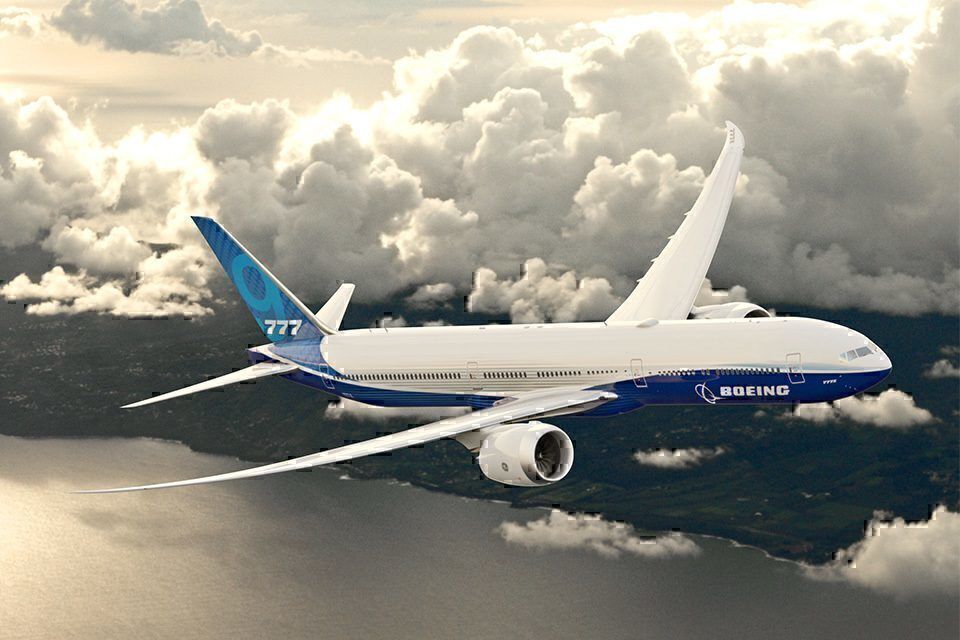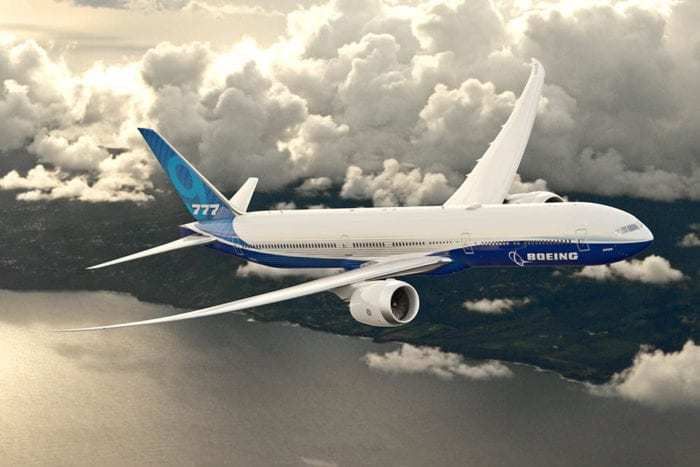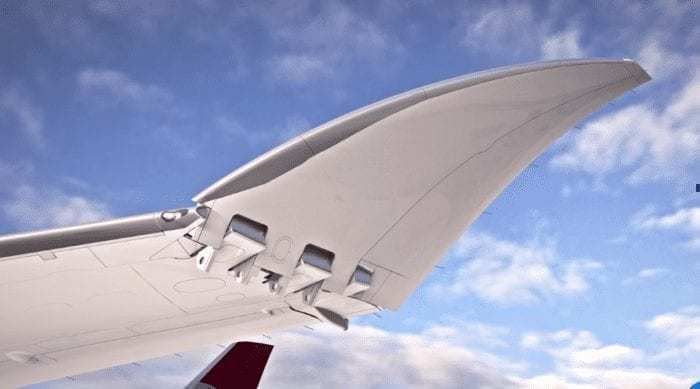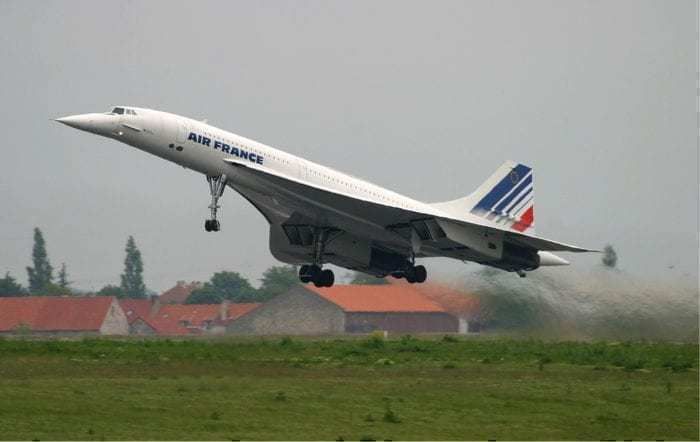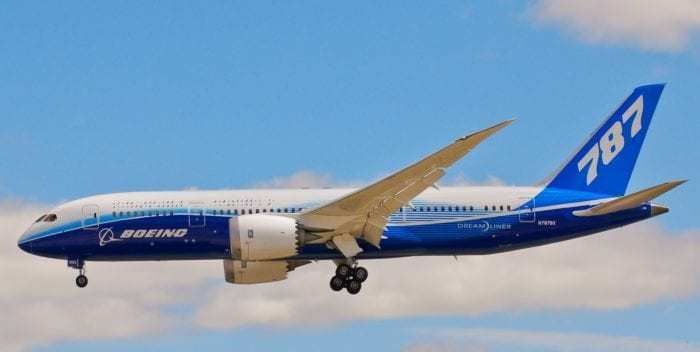The FAA has taken the decision to leverage additional requirements on the forthcoming Boeing 777X aircraft. Due to its composite wing structure, which is also its fuel tank, Boeing must demonstrate that the tanks can withstand debris from tires impacting on the surface.
According to ATW, the FAA said,
“Fuel-tank surfaces of typical transport airplanes have thick aluminum construction in the tire-debris impact areas that is tolerant to tire debris larger than that defined in ... these special conditions. Consideration of leaks caused by larger tire fragments is needed to ensure that an adequate level of safety is provided where composite material is used.”
The special conditions means Boeing will need to prove airworthiness through either testing or analysis before the plane can be certified. They have been given a deadline of July 8th for this.
What testing is required?
The testing needs to be performed using a tire fragment sized at 1% of the tire mass. The testing is very specific in its nature, with the FAA stating that the fragment must be propelled at the same speed that it would if it came off a tire during runway operation. They also specify that the load should be distributed over an area on the fuel tank that is equal to 1.5% of the tire tread area.
According to the FAA notification, the impact to any fuel tank or fuel system component within 30 degrees of either side of the wheel planes must not result in penetration, deformation or rupture (via pressure waves). It must also be shown that such an impact will not cause a leak of any sort.
Previously, the FAA had set 10 special conditions for certification of airworthiness in relation to the 777X folding wingtips, as well as conditions relating to fire survivability and the electronic flight control system.
The same conditions as the Dreamliner
The requirements issued by the FAA are exactly the same as the special conditions implemented for the Boeing 787 when it was in development in 2007. As the largest aircraft with composite wings, Boeing had to not only prove resilience to impact from debris, but also that the fuel tanks could withstand pressure waves.
Pressure wave damage is infamously recorded as being the main reason for the Air France Concorde disaster in 2000. According to crash investigators, the aircraft was in the process of performing its takeoff roll when it hit a titanium strip which had fallen off a DC-10 just minutes before.
The strip burst a tire, which didn’t damage the tanks in itself. However, the pieces of the tire created a pressure shockwave in the left fuel tank. This caused the tank to rupture and leak fuel, which then ignited, leading to loss of control and the fatal crash of the Concorde into a hotel near the airport.
As a result of the accident, both the EASA and the FAA issued revised safety requirements aimed at addressing this problem. Consequently, the FAA issued special conditions for both the Boeing 787 and the Airbus A350, as both use composite wing structures which form the fuel tank surfaces and are near the wheels, tires and engines of the aircraft.
As such, the 777-9 is of similar concern. From the FAA document, it was said that,
“The extensive use of composite materials in the design of the Boeing Model 777-9 airplane wing and fuel-tank structure is considered a major change from conventional and traditional methods of construction.”
Boeing is currently preparing it’s 777-9 for its first flight. In total, four 777-9s will go through the process of flight testing and certification. Following this, the first deliveries are expected to Emirates around this time next year.

